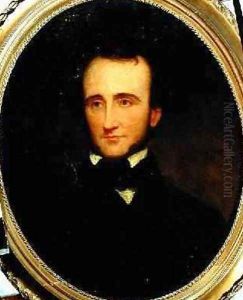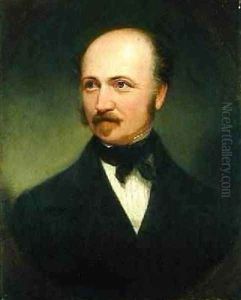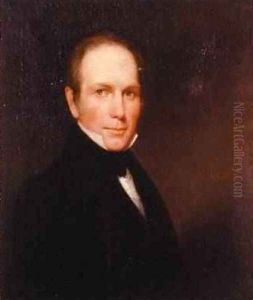Samuel Osgood Paintings
Samuel Osgood was not primarily known as an artist, but rather as a statesman and a public official in the early history of the United States. Born on February 3, 1747, in North Andover, Massachusetts, Osgood was a prominent figure during the American Revolutionary period and the early years of the United States government.
He attended Harvard College and graduated in 1770, after which he studied theology for a time. However, his career took a turn towards public service as tensions between the American colonies and Great Britain escalated. Osgood became an active participant in the revolutionary cause. He was a member of the Massachusetts Provincial Congress and was appointed as a major in the militia.
After the outbreak of the American Revolutionary War, Osgood served in various capacities, including as a commissary, which involved the oversight of military supplies. His role in the war and his commitment to the revolutionary cause earned him a place in the political landscape of the new nation.
Following the war, Osgood continued his public service. He was a member of the Continental Congress from 1781 to 1784 and was one of the first three commissioners of the United States Treasury, an office he held from 1785 to 1789. With the establishment of the federal government under the new Constitution, Osgood was appointed by President George Washington as the first Postmaster General of the United States, a position he held from 1789 to 1791.
Osgood's contributions to the young nation were not limited to his federal appointments. He was also involved in state politics, serving in the Massachusetts House of Representatives and the state's senate. He later moved to New York and continued his public service there, becoming a member of the New York State Assembly.
Samuel Osgood's death occurred on August 12, 1813, in New York City. Although his legacy lies in his political and governmental work, his life reflects the broader history of the American Revolution and the establishment of the United States government. His contributions to the foundational period of the United States are remembered as part of the collective efforts of the founding generation, though he did not achieve the same level of enduring fame as some of his contemporaries.


